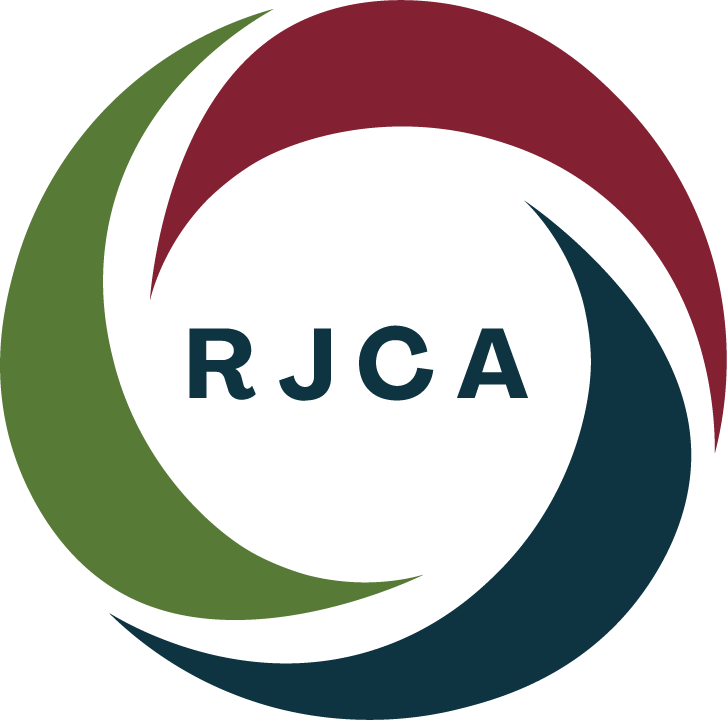We are working towards Restorative Justice when we…
1) focus on the harms of wrongdoing more than the rules that have been broken,
2) show equal concern and commitment to victims and offenders, involving both in the process of justice,
3) work toward the restoration of victims, empowering them and responding to their needs as they see them,
4) support offenders while encouraging them to understand, accept, and carry out their obligations,
5) recognize that while obligations may be difficult for offenders, they should not be intended as harms and they must be achievable,
6) provide opportunities for dialogue (direct or indirect) between victims and offenders as appropriate,
7) involve and empower the affected community through the justice process and increase its capacity to recognize and respond to community bases of crime,
8 ) encourage collaboration and reintegration rather than coercion and isolation,
9) give attention to the unintended consequences of our actions and programs,
10) show respect for all parties including victims, offenders, and justice colleagues.
CRIME WOUNDS… JUSTICE HEALS.
Harry Mica and Howard Zehr
Lorraine Stutzman Amstutz, Director of the Mennonite Central Committee’s (MCC) Office on Crime and Justice, has worked in the field of restorative justice for twenty years, focusing on women’s concerns and racism as well as mediation and criminal justice. Especially interested in encouraging this way of thinking in all schools, she now urges her office’s efforts in that direction. These were thoughts from one of two bookmarks MCC made available.
